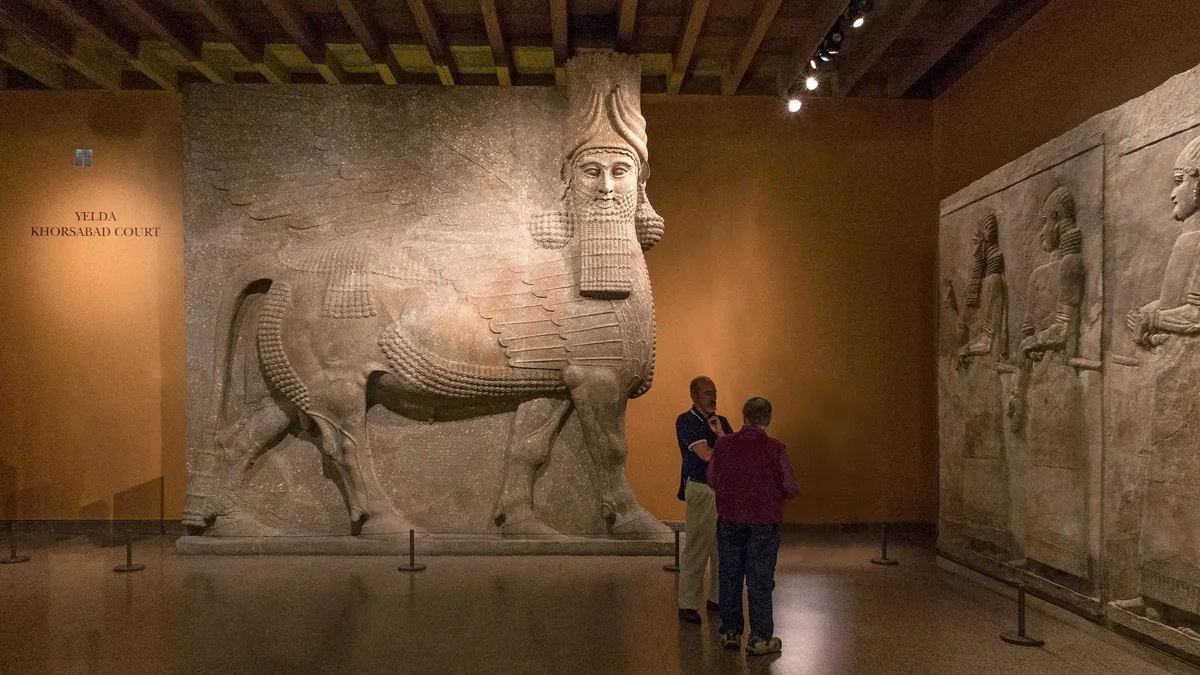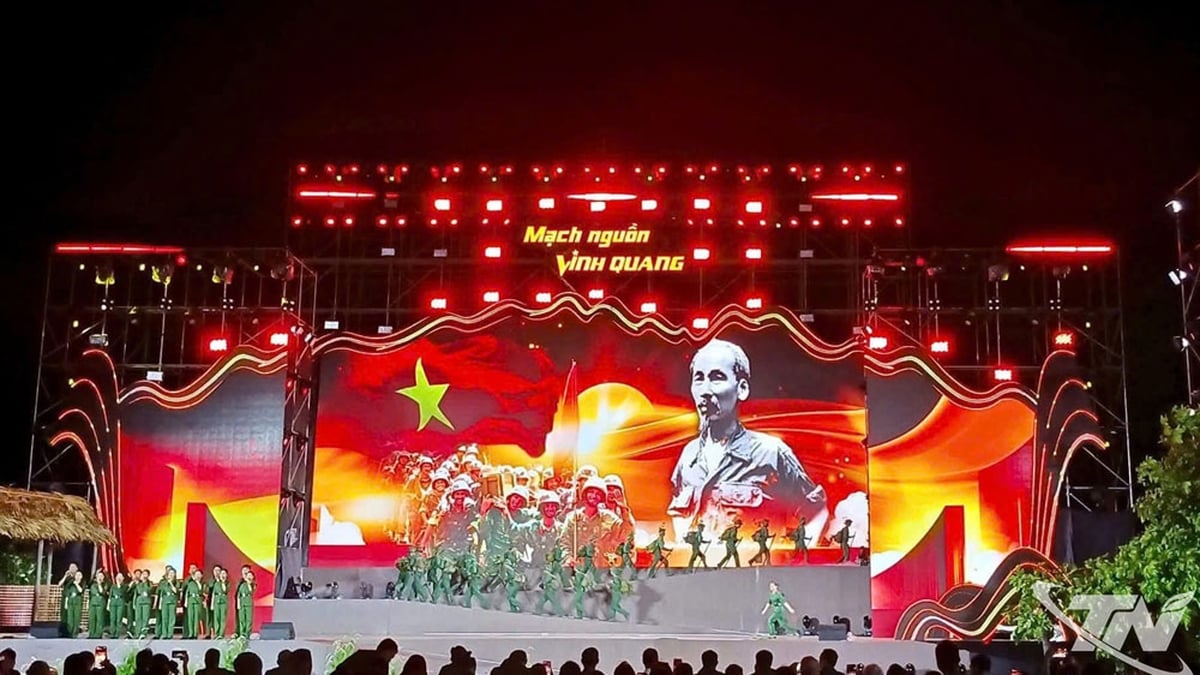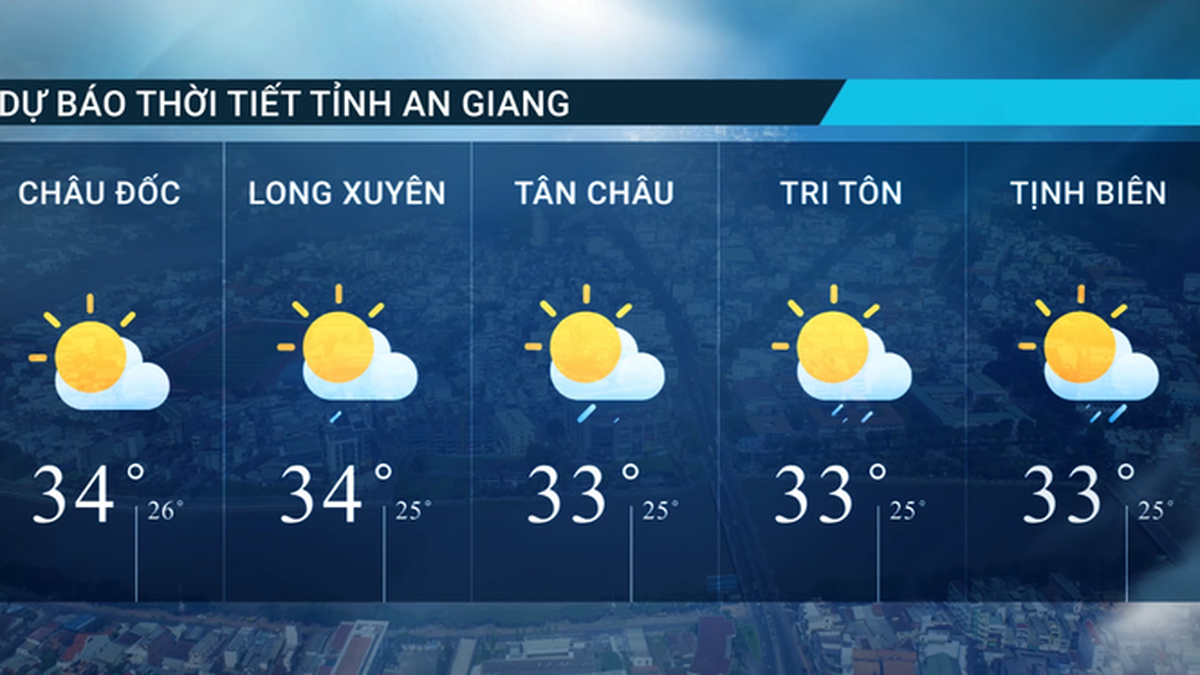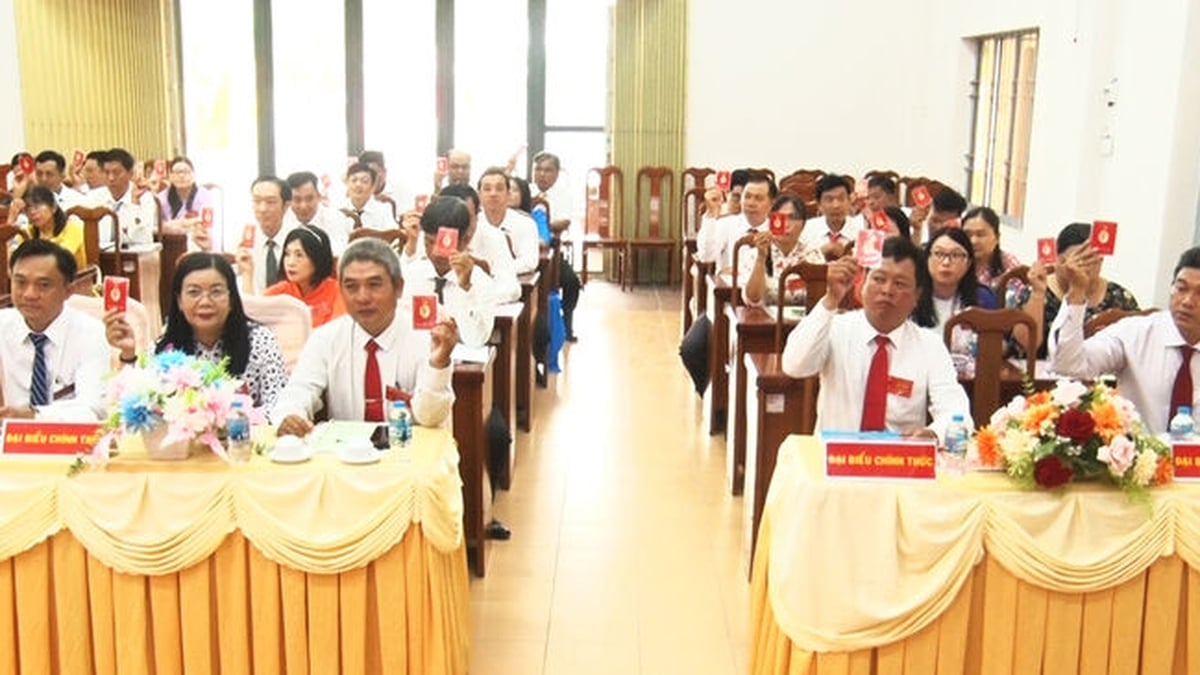(NLDO) - The remains of the magnificent 2,700-year-old capital of the Assyrian Kingdom have been found by an international archaeological team, thanks to a magnetometer.
According to the American Geophysical Union (AGU), one of the agencies participating in the latest survey in northern Iraq, magnetometers have helped discover a cluster of structures that challenge understanding of the ancient Assyrian Kingdom's capital Khorsabad.
What they found underground where Khorsabad once stood were traces of a palace garden and five large buildings, including a 127-room mansion twice the size of the White House.

Statue of the mythical creature Lamassu, considered a symbol of the Assyrian capital Khorsabad - which has just been surveyed with a magnetic measuring tool - is on display in the US - Photo: MUSEUM OF ORIENTAL ARCHEOLOGY, UNIVERSITY OF CHICAGO
Geophysicist Jörg Fassbinder from Ludwig-Maximilians-University (Germany), who led the research team, presented the findings at the AGU annual conference recently held in Washington DC.
The team of authors brought a 15 kg magnetic field measuring device to scan the Khorsabad ruins in detail to find hidden underground structures since 2022.
“Every day we discover something new,” says Dr. Fassbinder.
They found that what humanity currently knows about the capital of this mighty kingdom is based on very little data, such as spaces and artistic creations associated with the king.
Much of the capital - where other residents lived and witnessed the workings of a illustrious ancient civilization - remains unknown.
The results of a new survey suggest that Khorsabad was a thriving capital that flourished far beyond what archaeologists previously thought, according to Live Science.
Since all the newly discovered structures are still buried underground, further large-scale excavations will be needed to better understand this 8th-century BC capital.
The Neo-Assyrian emperor Sargon II began building his massive new capital—originally called Dur-Sharrukin, meaning "Sargon's Fortress"—in 713 BC.
But he died just eight years later, possibly before the city was completed.
When he succeeded his father, Emperor Sennacherib moved the capital to Nineveh. Thus, Khorsabad was abandoned and forgotten for more than two millennia.
French and American archaeological missions in the 1800s and 1900s unearthed the Khorsabad palace, including the iconic "Lamassu" statues of winged bulls with human heads.
However, beyond the palace and the city walls, the layout of the ancient capital remains a mystery.
Source: https://nld.com.vn/tu-truong-tiet-lo-toa-nha-gap-doi-nha-trang-duoi-long-dat-iraq-196241222091337216.htm



































































































Comment (0)